"They upgrade cameras regularly… because their sensors get damaged by radiation" - Astronaut Thomas Pesquet on photographing earth from the International Space Station
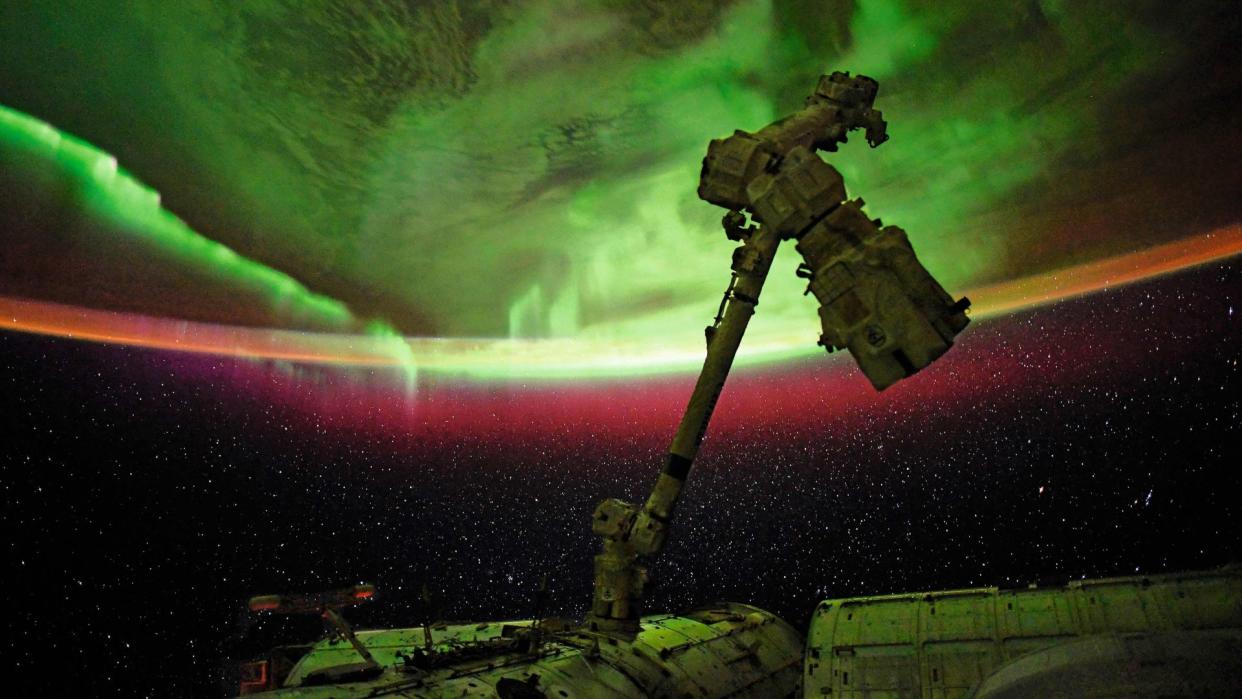
- Oops!Something went wrong.Please try again later.
There are few better views to be had of Earth than aboard the International Space Station (ISS), humanity's floating laboratory orbiting 250 miles above. During the almost 400 days of his missions in 2016-2017 and again in 2021, European Space Agency astronaut Thomas Pesquet performed six spacewalks and became the first French commander of the ISS. While he was up there he also took thousands of photographs, the best of which are collected in his new book The Earth in Our Hands: Photos from the International Space Station.
The message of the book is profound and Earth-centric. "The scale of Earth is hard to comprehend from its surface, but from the ISS everything is at a scale that you can perceive with your own senses," says Pesquet. "It was a very sensory experience and I wanted to convey that the Earth is in our hands – it's fragile and we have to protect it." However, as well as experiencing the overview effect and photographing Earth from above, Pesquet also found time to indulge in something even more challenging – astrophotography.
Learning curve
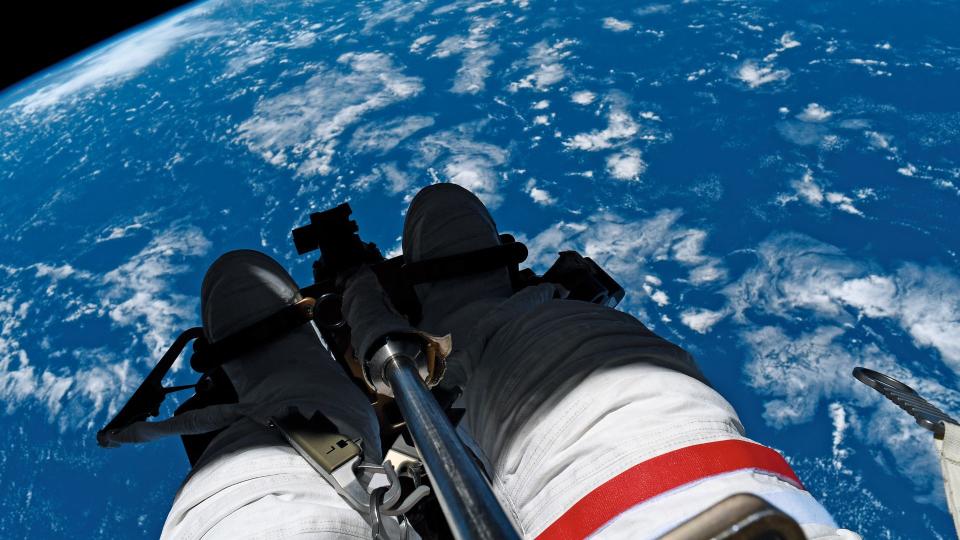
Although he's visited the ISS twice, most of the photos in the book are from the second, most recent Alpha mission between April and November 2021. There's a reason for that. "I look back at the pictures from my first mission, especially from the beginning, and there's a huge difference in quality," says Pesquet. "The astrophotography I took on my second mission is much sharper – and that's all down to practice."
The rules of the game are totally different from those on Earth. "The ISS is moving super fast, so if you use slow shutter speeds the pictures are blurry – even if you're staying as steady as a rock," says Pesquet. "So you have to learn how to compensate manually – which is not easy because you have to do it manually – you have to keep the frame constant."
Dead pixels
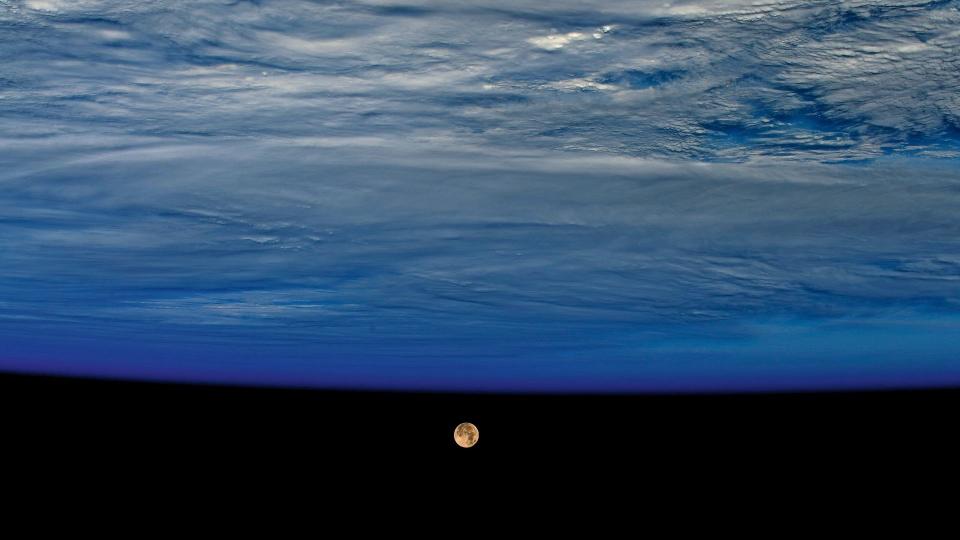
The ISS is kitted out with Nikons, with the fleet including several Nikon D4, Nikon D5, Nikon Z8 and Nikon Z9 cameras on board when Pesquet was up there. "They upgrade the cameras regularly, not only because they get better, but also because their sensors get damaged by radiation — outside of Earth's atmosphere we're less protected from solar flares and cosmic radiation and so are the sensors," says Pesquet. "After just a few months, the number of dead pixels is scary."
However, an impressive collection of lenses – which are not damaged by radiation – have been on the ISS for decades. They include everything from 8mm fisheye lenses to 12mm, 16mm, 18mm and 24mm right through to 400mm, which is perfect for photographing cities. At the top of the tree is an 800mm. "We use it with a 1.6x teleconverter so it reaches 1,150mm," says Pesquet. "It's ideal for photographing volcanoes and small islands."
Light at night
Lighting in photography is, of course, everything, but it's particularly challenging on the ISS because its orbital dynamics make it necessary to swap frequently between light levels. After all, the spacecraft completes an orbit every 90 minutes, with astronauts on board seeing 16 sunrises and sunsets in any 24-hour period. "ISS photography is very special, but out of 90 minutes you might have just 20 or 25 minutes of night," says Pesquet, who adds that taking photos of Earth in daylight is easy. It's simple to find a target and to take the shot, he says, but things get much more complex at night.
Deep sky and star trails
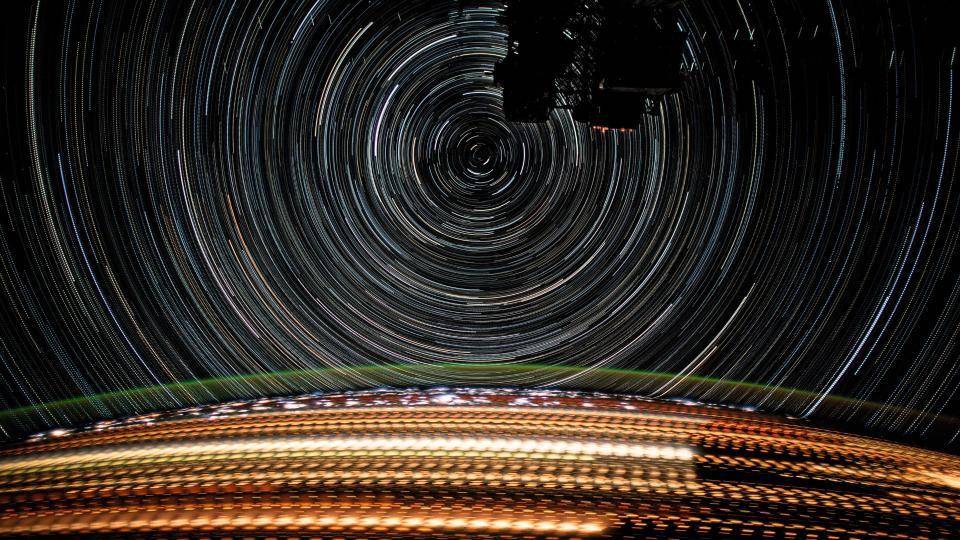
Proper astrophotography — images of stars, galaxies and aurora – is something Pesquet focused on only in his second mission. "It's all about long exposures and a high ISO, but not too high because otherwise it looks ugly," says Pesquet. It's a world away from astrophotography from Earth, where the trick is to keep the tripod still and use a startracker to compensate for Earth's rotation. On the ISS that's impossible.
"So as we're flying around the Earth the ISS is constantly pitching back so that the same surface is always facing Earth, so the axis of rotation is actually from left to right around which the ISS is pitching," he explains. Pesquent experimented by pointing his camera straight down and taking long exposures because he could see the stars moving in circles. "I started with very long exposure times, as much as six minutes, but it didn't work out because both Earth and the ISS were overexposed," says Pesquet. "So I reduced it to two or three seconds, but the startrails were very short." The answer was to take lots of short exposures for an entire night pass, and then stack them on top of one another in post-processing. The end results, however, do have small gaps in the star trails where the camera was taking dark frames to compensate for the dead pixels.
"The inventor of astrophotography on the ISS is Don Pettit – he's the one that came up with some of these techniques," says Pesquet. Petit was last on the ISS in 2012 yet still regularly posts his astro creations from the ISS on his X feed, including many star trails taken from orbit that show streaking city lights and background stars with orbital motion.
Capturing aurora

During his second mission, Pesquest photographed the aurora many times including some of its green glow reflected on the side of the ISS. "The aurora is very difficult to capture because if you expose for the waves then everything else is going to be overexposed and vice versa, but I was lucky enough to get a decent result a few times," he says.
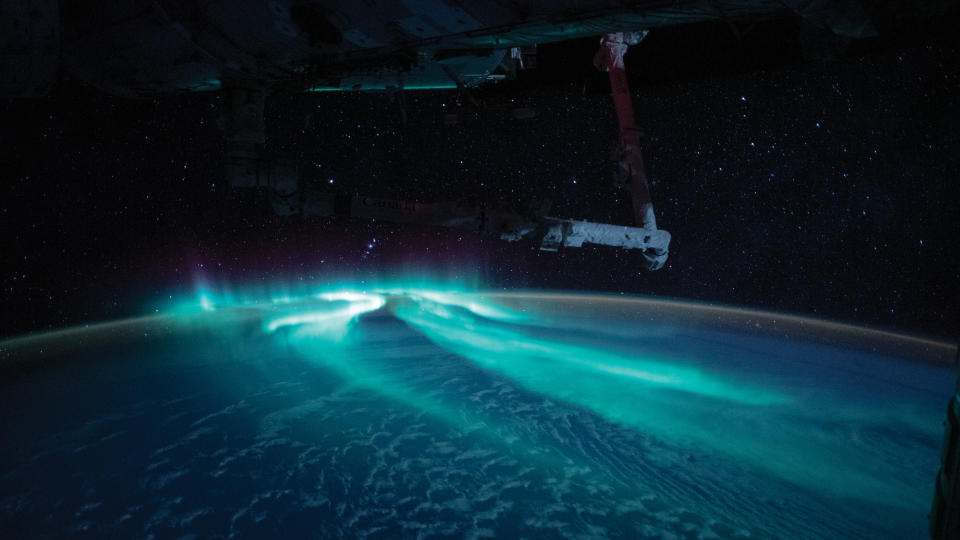
Light pollution on the ISS
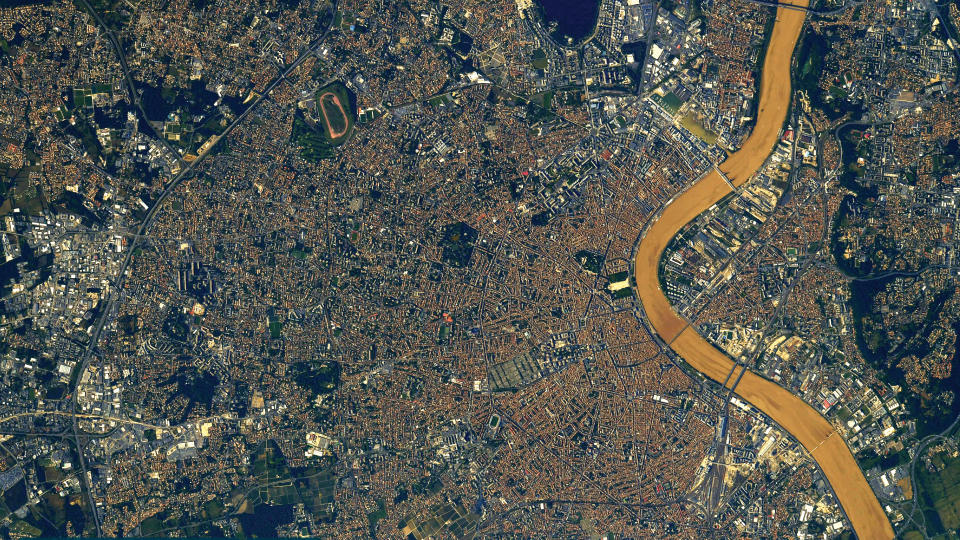
The ISS is always on. There's always someone awake and working, so the lights are left on—and that causes a lot of reflections for photographers working in the cupola or at the windows. "There are a ton of small blinking LEDs from LAN cables, science equipment, and laptop screensavers," says Pesquet. It's at its worst in the cupola, with windows arranged at different angles. "If you don't use a lens hood then the pictures are going to be horrible," says Pesquest. "But no one tells you this stuff – you have to figure it out for yourself."
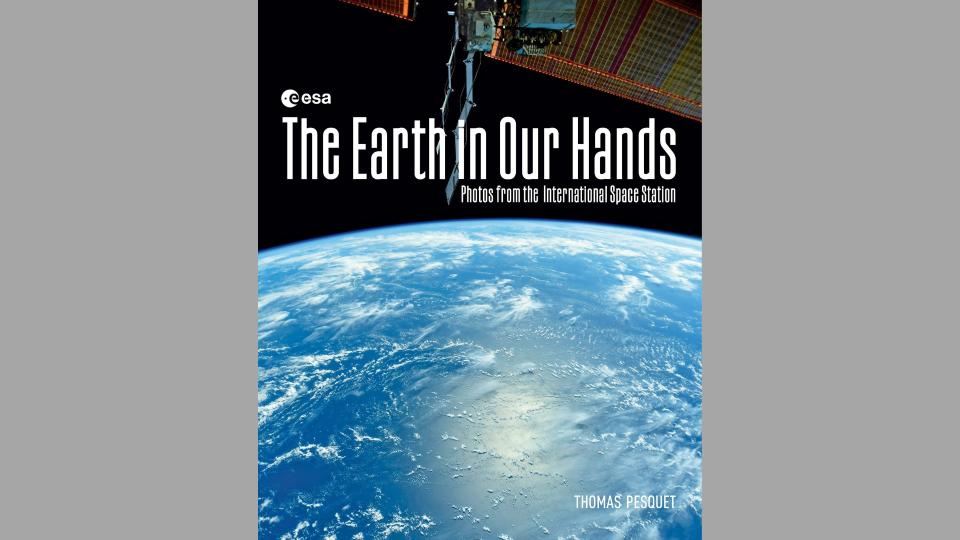
The Earth in Our Hands: Photos from the International Space Station is published by Firefly Books. The book includes more than 200 images and will be priced at $55 / £40 / AU$85.
Astrophotography in November 2023 - what to photograph in the night sky

